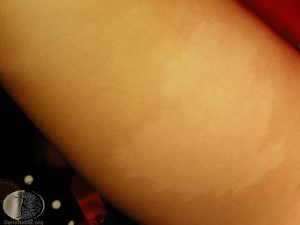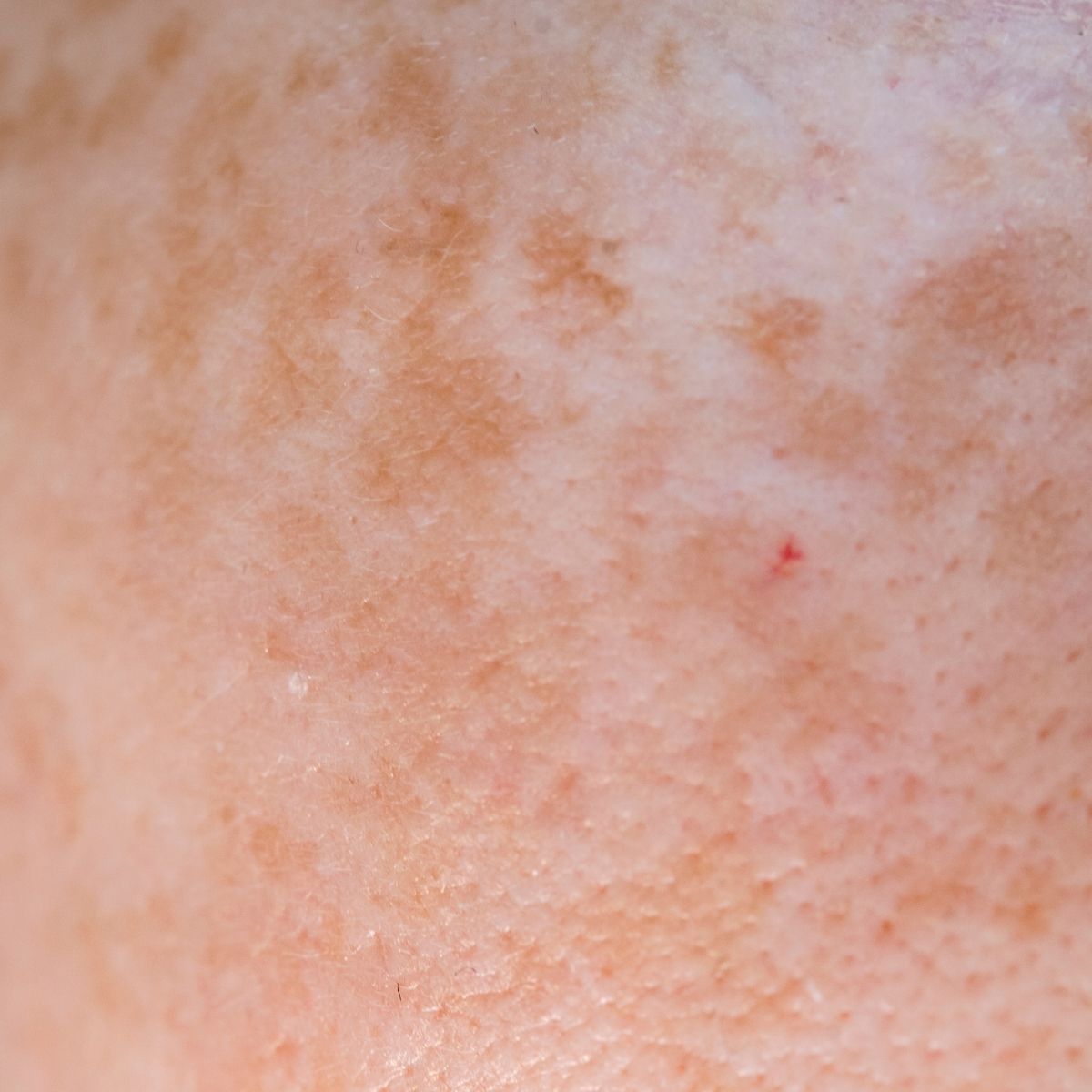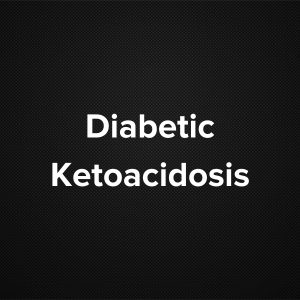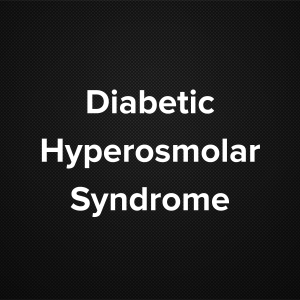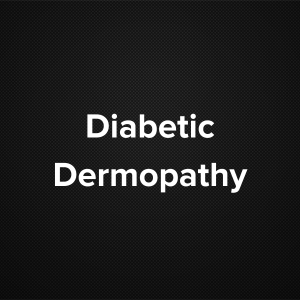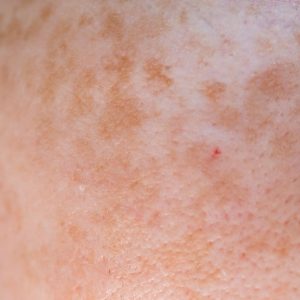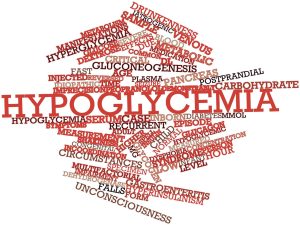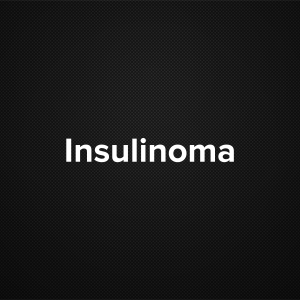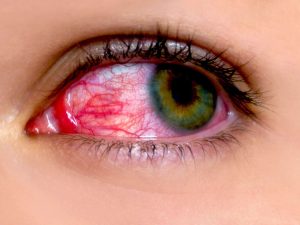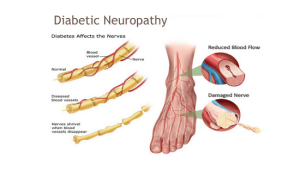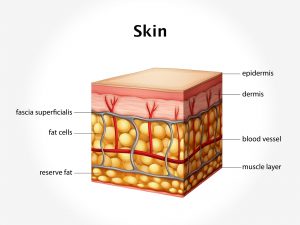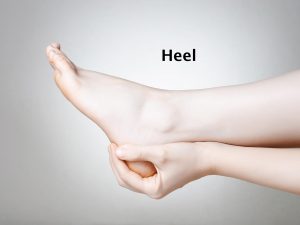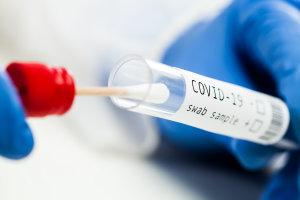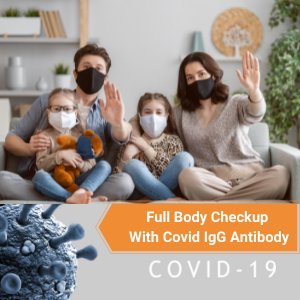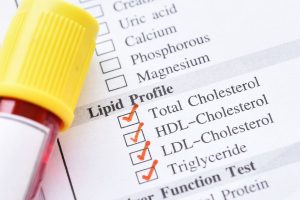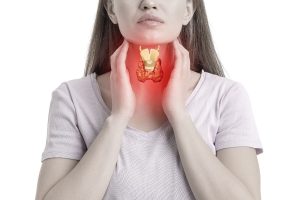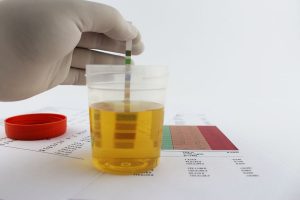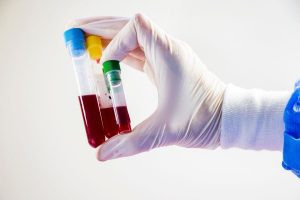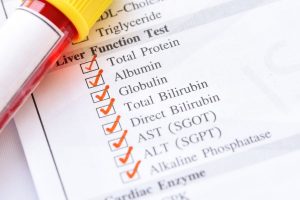Causes and risk factors
Melanocytes are the cells which produce melanin pigment. The color of the skin is due to the melanin pigment. The hypopigmented patch or pale patch can either be caused due to reduced number of melanocytes, low production of melanin by the melanocytes, or due to lack of inability of the melanocytes to transfer the melanin containing pigment to the skin cells. Achromic nevus is often associated with certain neurocutaneous disorders.
Clinical presentation:
There are different types of achromic nevi: Isolated, segmental, and linear type. Development of a pale patch is the characteristic feature seen. The size and shape of the patch varies. It is either well defined or irregular in shape. The common site of development is the trunk; however, it can be seen at the limbs or other parts of the body too. Single lesion is more commonly seen. This lesion does not cause any other complaint.
Investigations:
Diagnosis is done on the basis of the symptoms narrated by the parents. Along with this, clinical examination is carried out by the dermatologist. A wood lamp examination is done. Certain diagnostic criteria have been put forth. These are appearance of a pale patch at birth or in early life. There is no other change occurring in the lesion (in texture, sensation, and in border) and the lesion remains at the same site throughout life.
Treatment:
As the lesion does not cause any complaints, no medical intervention is needed. For cosmetic purpose, camouflage can be done. Other skin treatments which can be done are phototherapy and excimer laser. Skin grafting is another method which can be used.
When to contact a doctor:
Contact a dermatologist if one notices any pale patch or discoloration of the skin in newborn babies or in children.
System involved: Intugementary system.
Organ involved: Skin and tissues.
